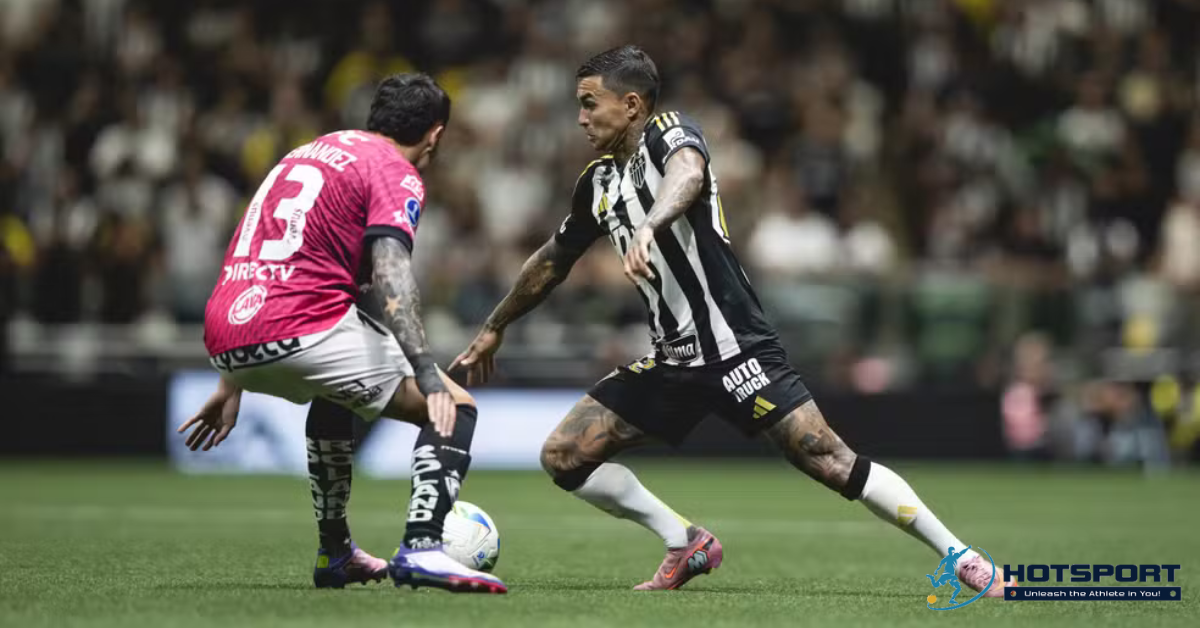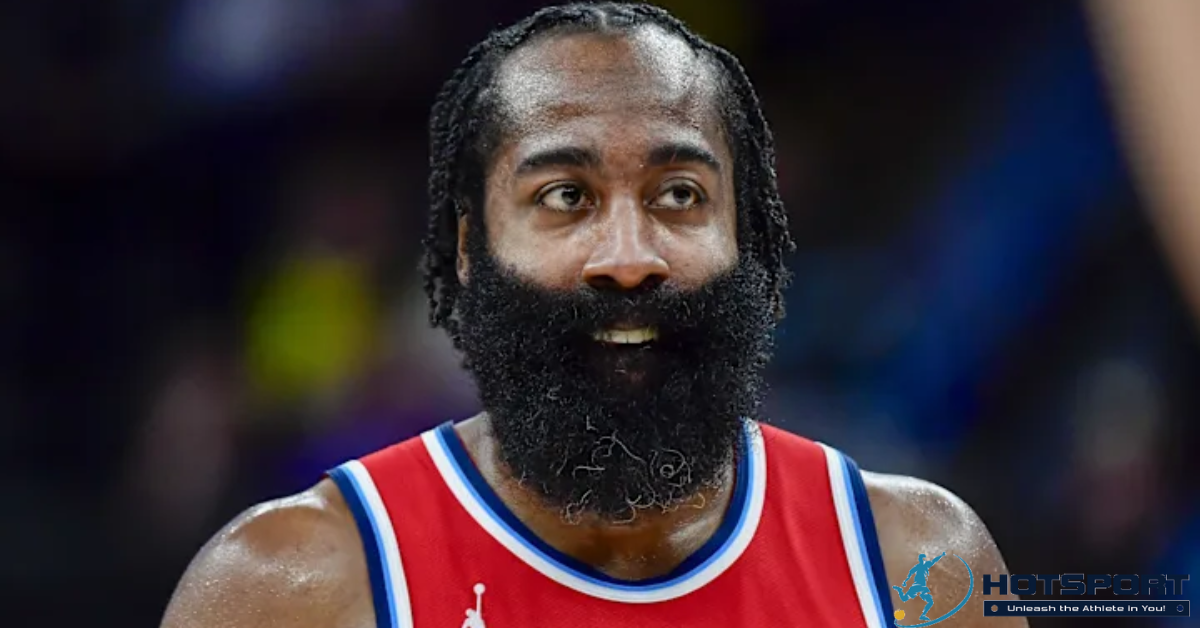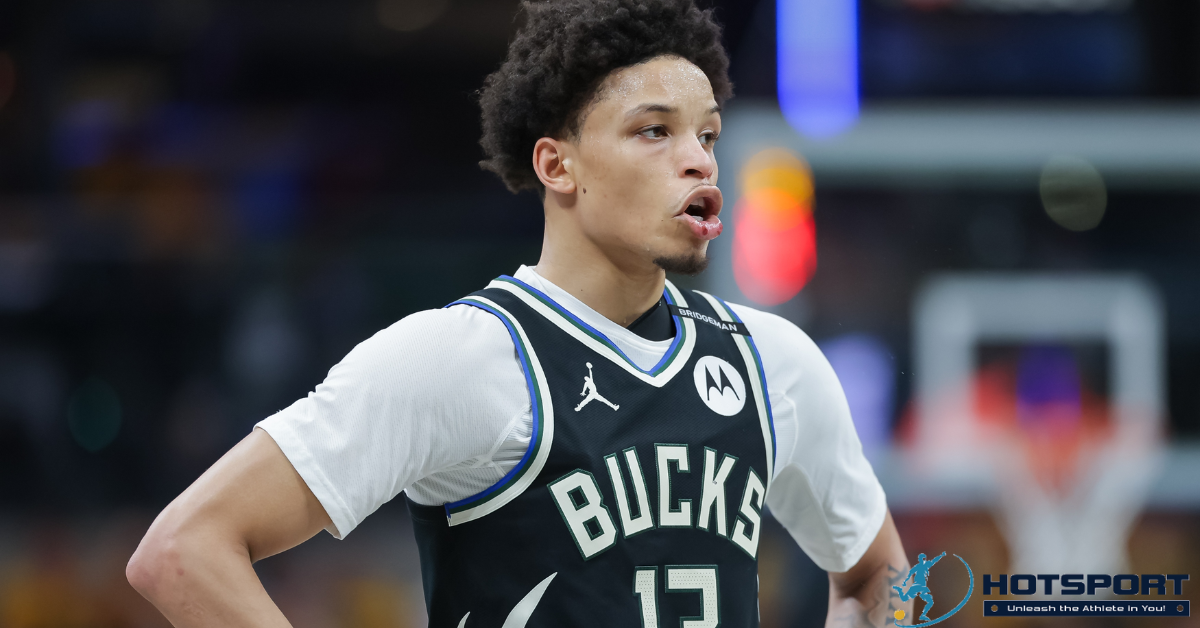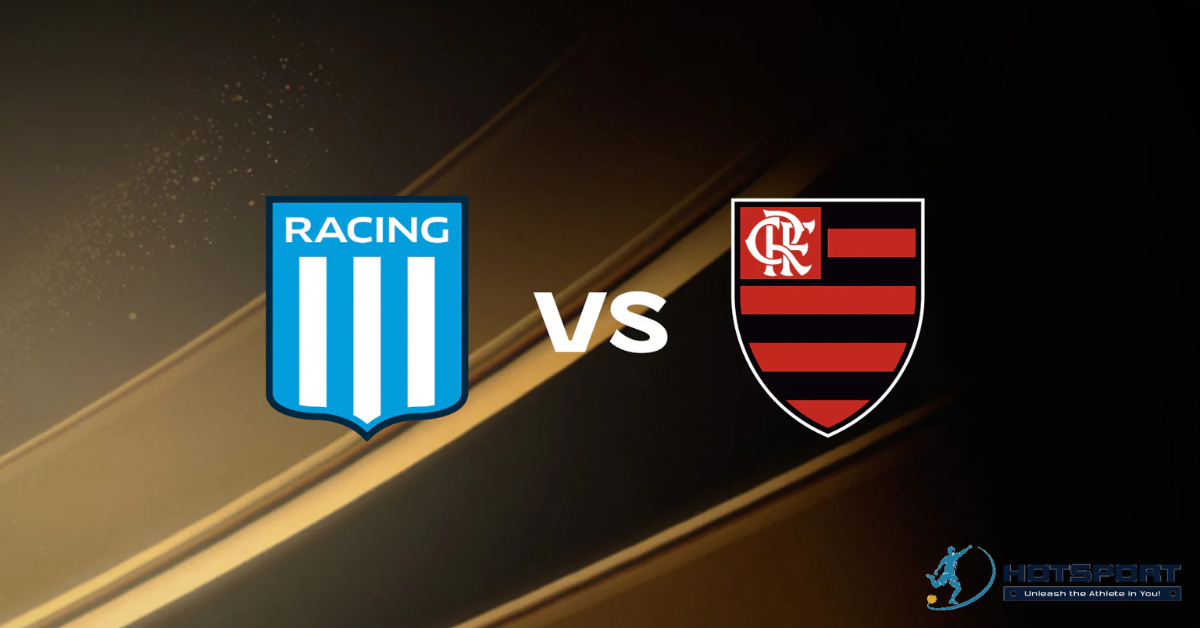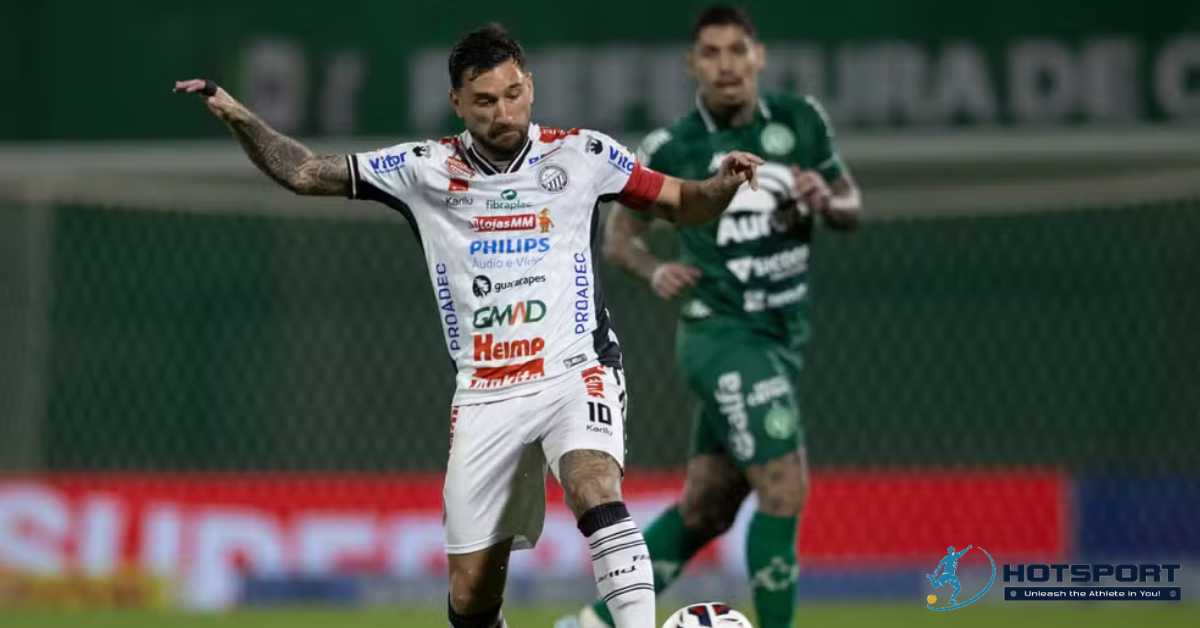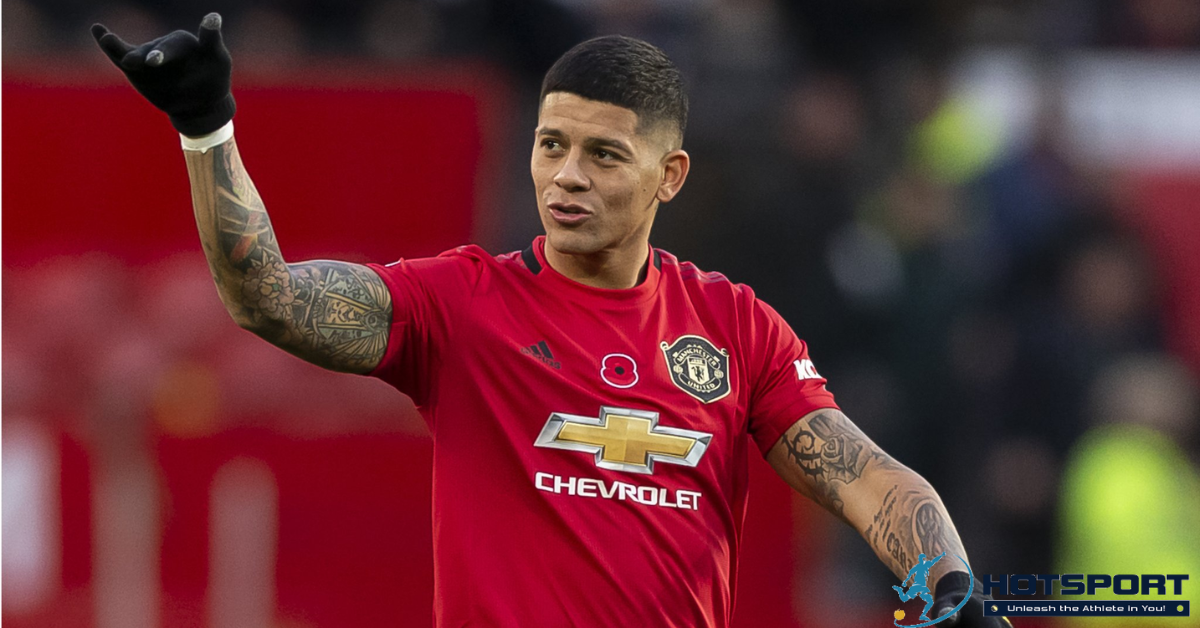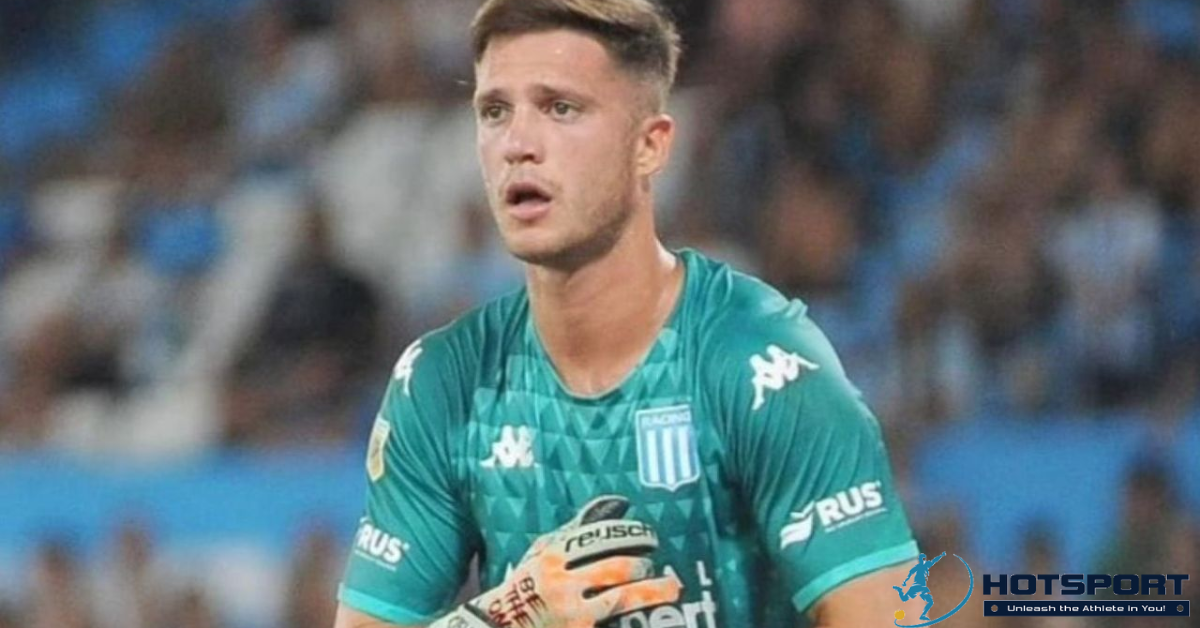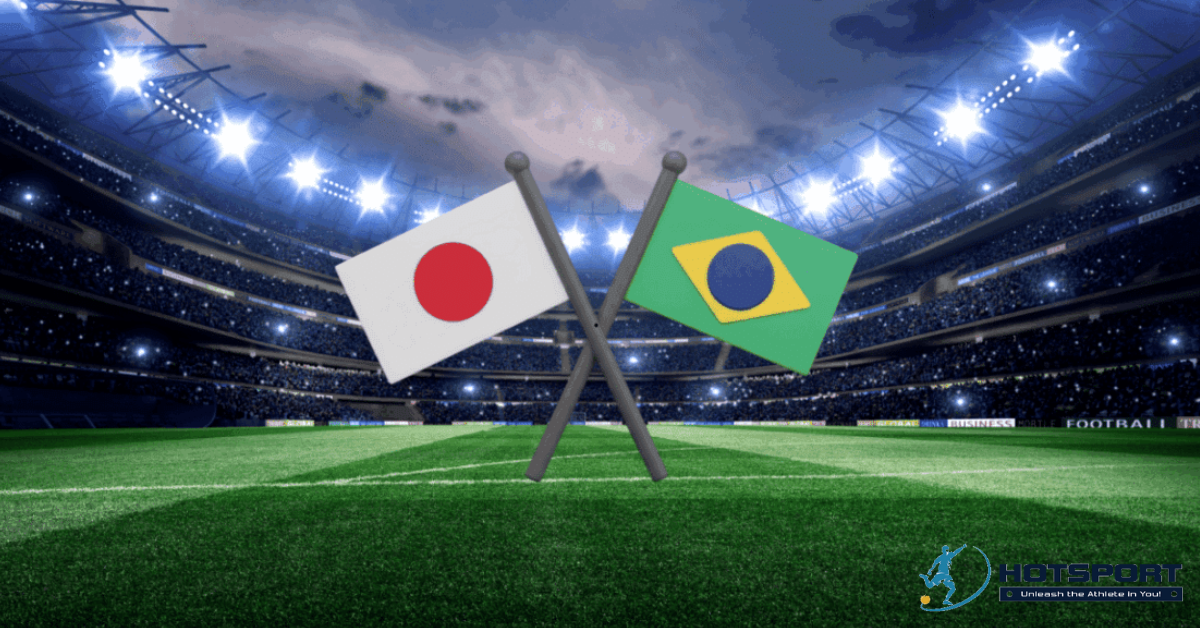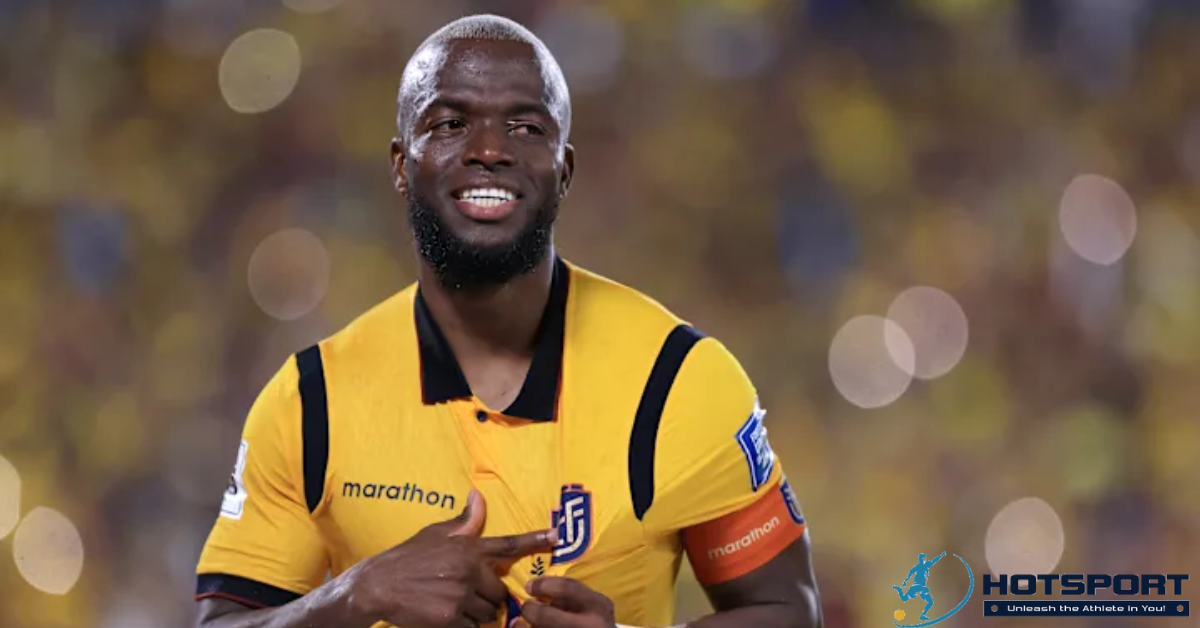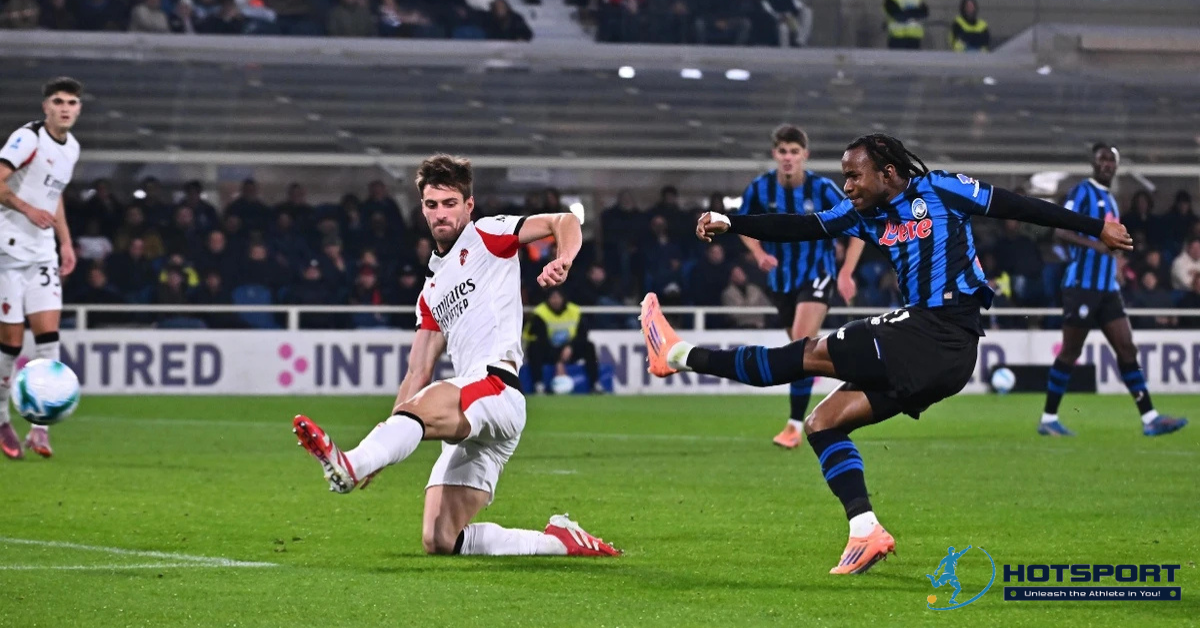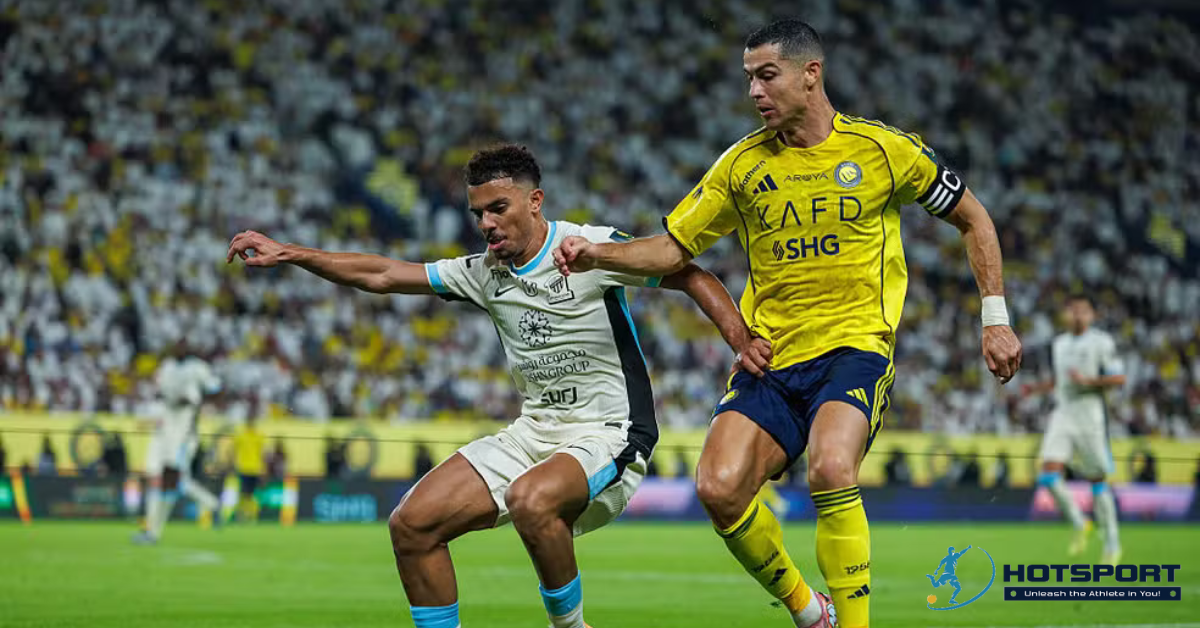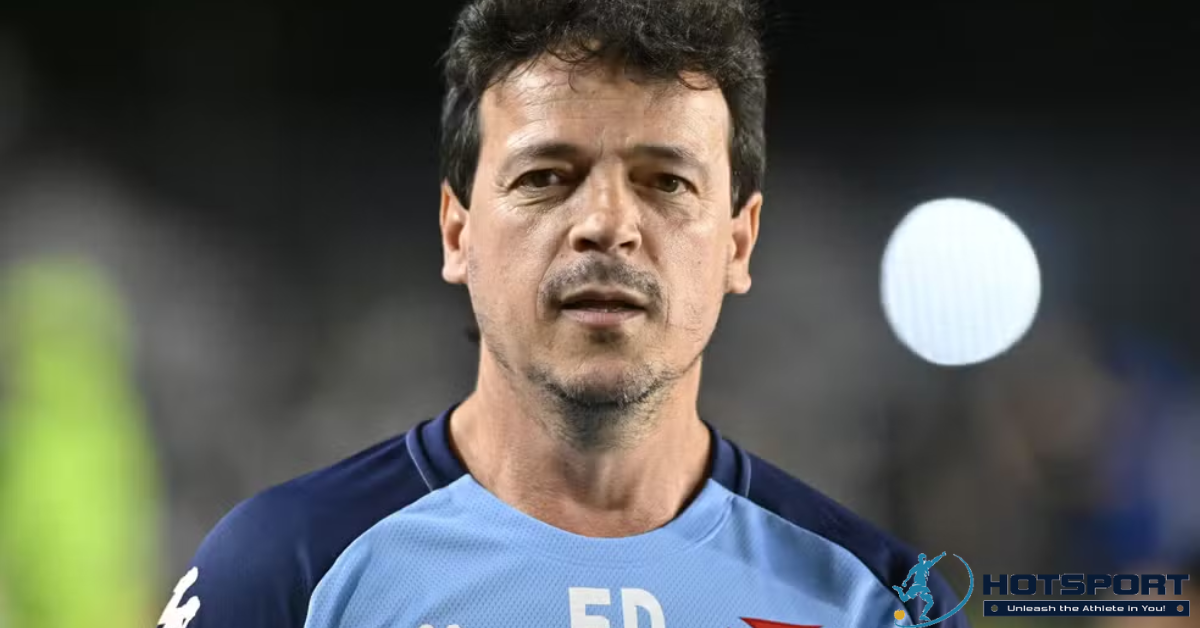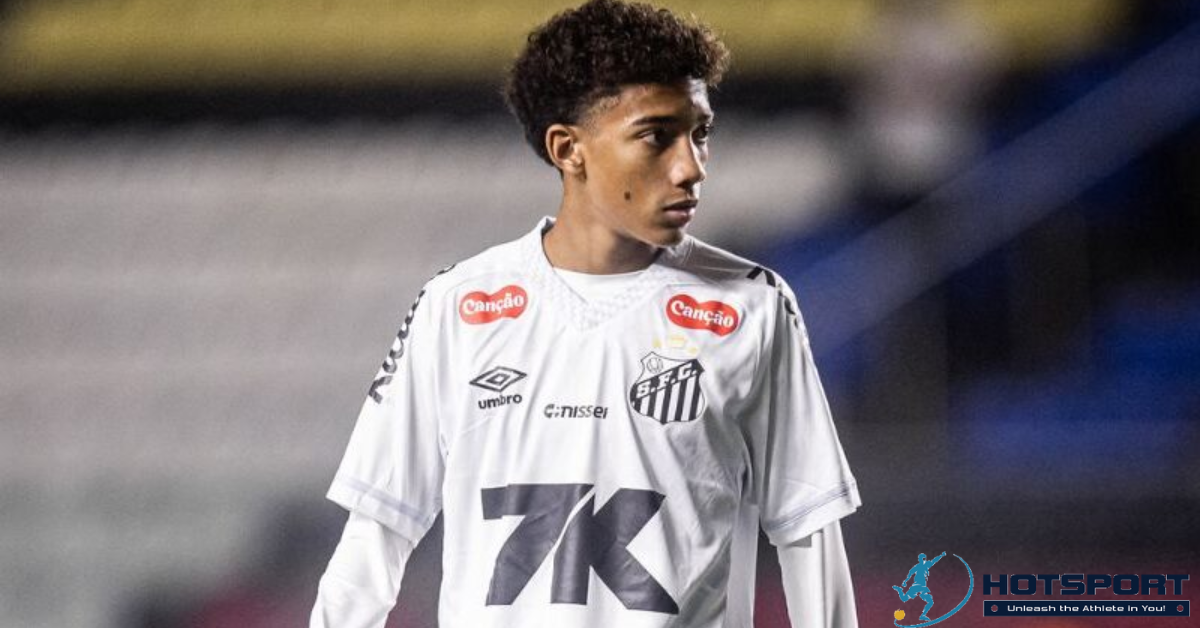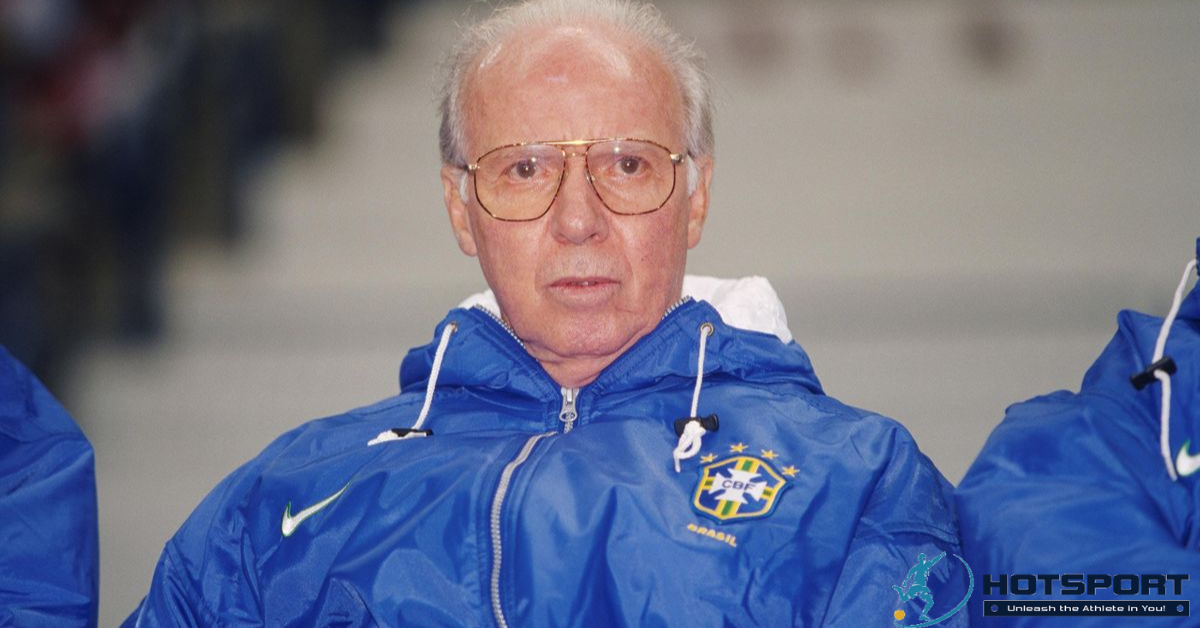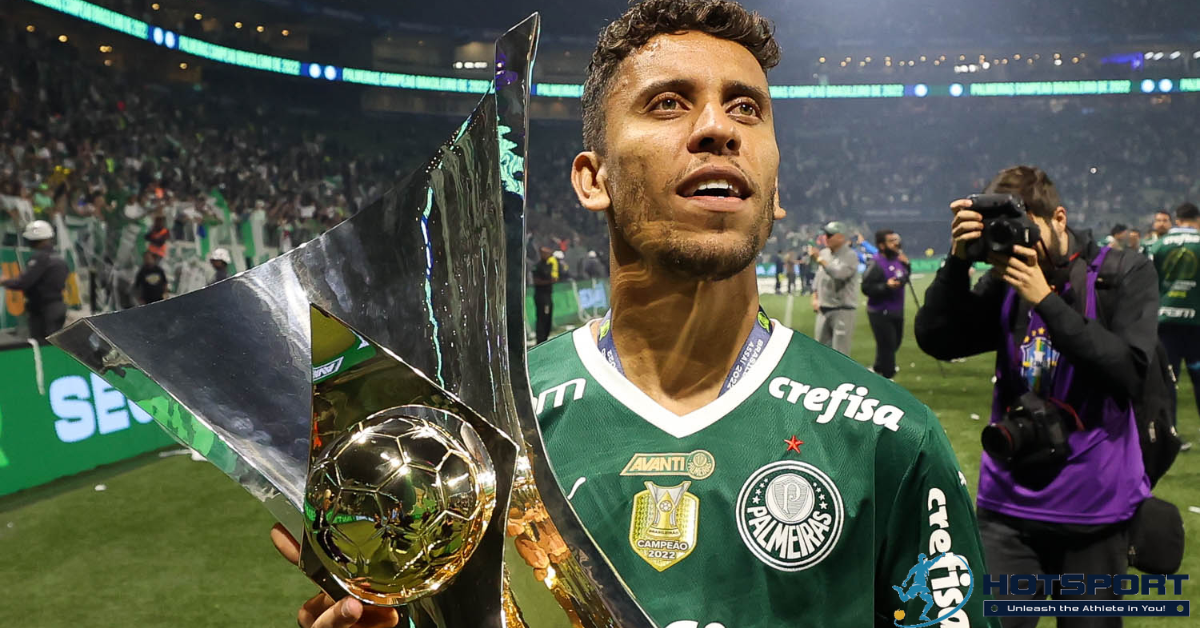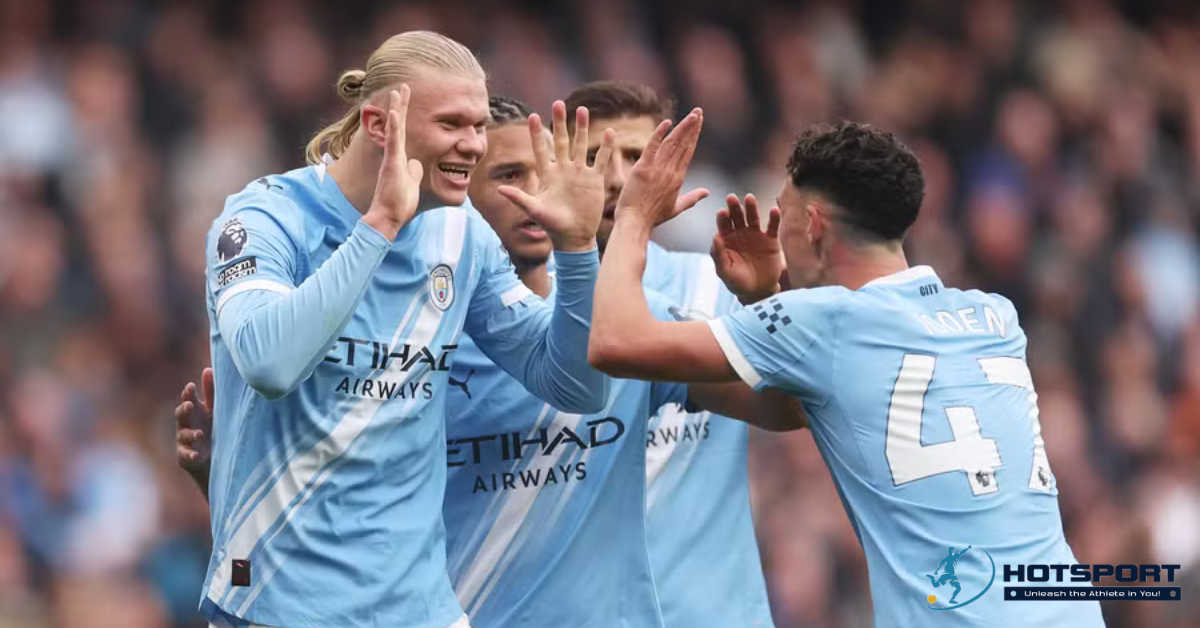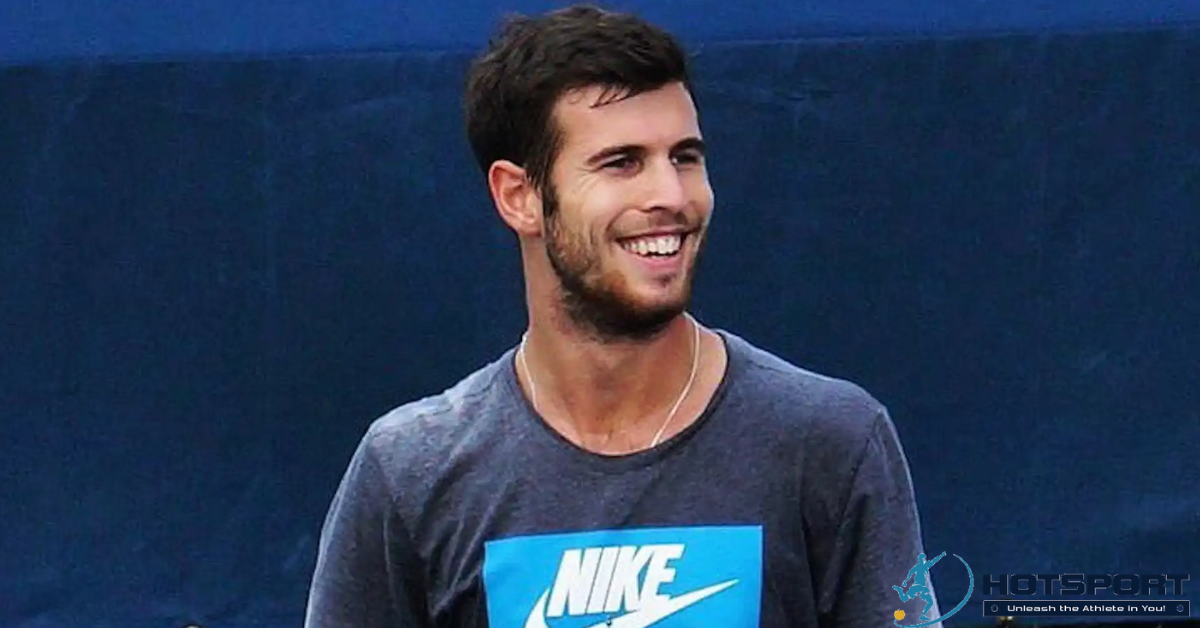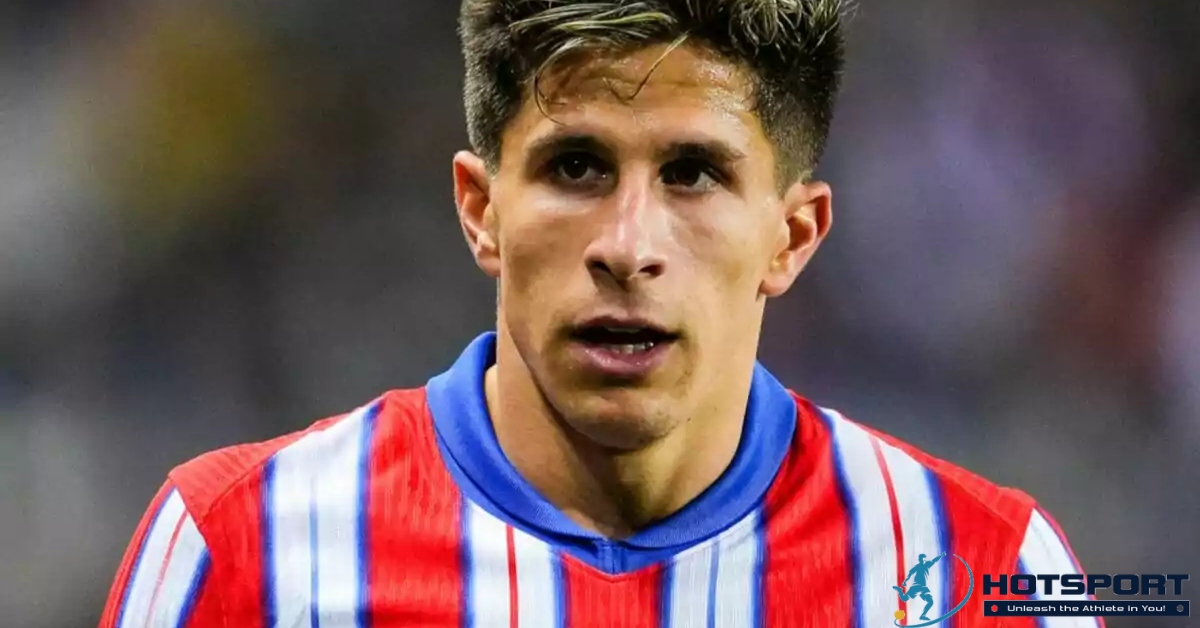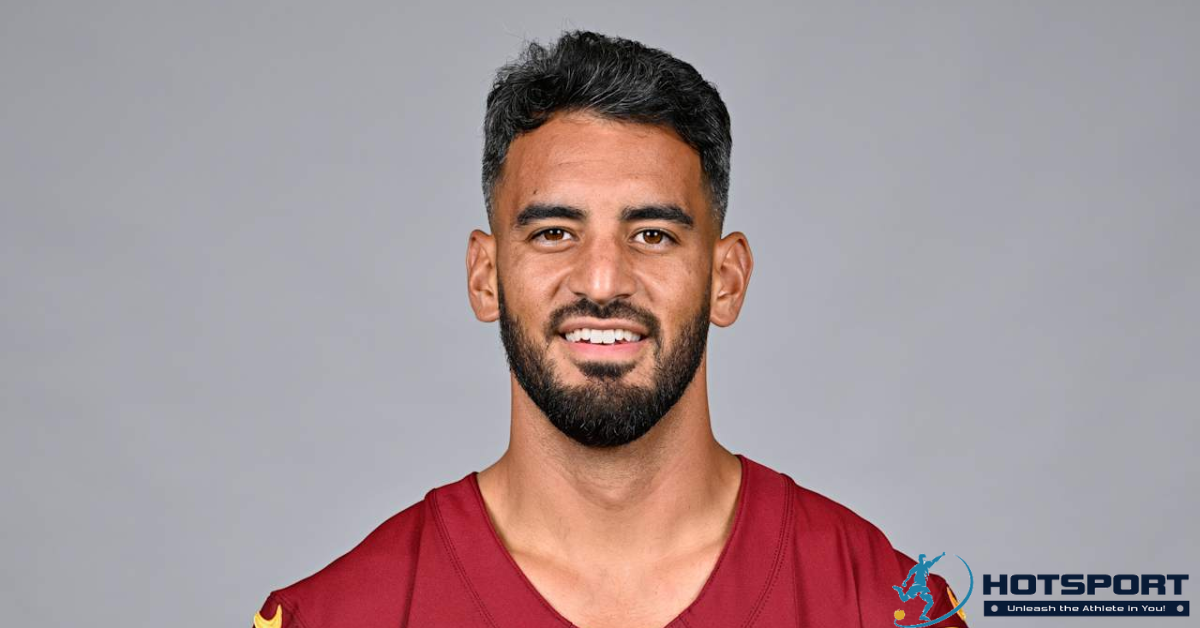Introduction – Atlético MG vs. Independiente del Valle
On a thrilling night at Arena MRV, Atlético MG wrote a new chapter in its history by defeating Independiente del Valle 3-1, securing a place in the 2025 Copa Sudamericana final for the first time. The atmosphere was one of pure emotion: a packed stadium, a decisive feel, and a team that took to the field with blood in their eyes.
From the opening minutes, Atlético Mineiro demonstrated intensity. The team pressed high up the pitch, dominated the midfield, and showed confidence in possession. Independiente del Valle tried to balance the game with quick passes, but encountered a solid defense and an attack that didn’t waste any opportunities.
The first goal came in the 36th minute, with Guilherme Arana taking advantage of a rebound inside the area and opening the scoring. The stadium erupted. Before halftime, Bernard extended the lead after an excellent play by Dudu on the right. Atlético went into the locker room with total control of the match.
In the second half, the Ecuadorian team reacted and even managed to pull one back through Spinelli, but the response was immediate. Hulk, having a great night, scored the third goal and secured the historic qualification. The 3-1 scoreline perfectly reflected Atlético’s dominance and efficiency.
The victory was not just a qualification, but the affirmation of a team that has matured, learned to handle pressure, and demonstrated collective strength. The continental dream is now a reality.
Pre-Game Context – Expectations, Moments and Pressure: Atlético MG vs. Independiente del Valle
The second leg began with high expectations. The 1-1 draw in Ecuador had left everything open, but Atlético arrived confident with the support of their fans. The mission was simple, yet demanding: to win convincingly and not give any openings to a technically skilled and fast opponent.
During the week, the Atlético coach emphasized the importance of concentration and intensity. The squad prepared with a focus on neutralizing Del Valle’s counter-attacks and exploiting their quick offensive transitions — a strong point of the Minas Gerais team in the competition.
On the other side, Independiente del Valle relied on tactical discipline. The Ecuadorian coach maintained a medium defensive block and sought to exploit mistakes in the build-up play. The idea was to contain Atlético’s initial momentum and cool down the crowd.
The psychological factor was crucial. Atlético entered the field with the weight of history – they had never reached the final of the Copa Sudamericana. The fans transformed the Arena MRV into a cauldron. The intense atmosphere served as fuel for the team, which knew how to use the emotion to its advantage.
The pressure was immense, but Atlético Mineiro responded with maturity. From the opening whistle, they played like they knew what they wanted. And that made all the difference.
First Half – Arana and Bernard build the lead Atlético MG vs Independiente del Valle
The first half was dominated by Atlético MG. With high defensive lines, intensity, and fluid movement, the Minas Gerais team suffocated Del Valle and created a series of chances. The connection between Dudu, Bernard, and Hulk worked perfectly.
In the 36th minute, Arana appeared as a surprise element. After a well-worked play in the area, the full-back picked up the rebound and finished with precision, opening the scoring. The goal ignited the fans and increased the team’s rhythm.
Del Valle tried to react, but ran into a very well-positioned defense. Jemerson and Battaglia dominated the defensive sector, while Zaracho was key in the transition.
Before halftime, Dudu made a great play down the right flank, dribbling past two opponents and delivering a perfect cross for Bernard to extend the lead in the 43rd minute. The 2-0 score at the end of the first half reflected Atlético Mineiro’s absolute superiority.
Atlético went to the locker room with high morale, tactical control, and an opponent in a state of shock. Qualification was well on track, but the team knew they needed to keep their heads.
Second Half – Scare, reaction, and consecration
The second half began with Del Valle trying to apply pressure. The Ecuadorian team pushed forward, attempted long-range shots, and managed to reduce the deficit with a goal from Spinelli after a marking error. The 2-1 scoreline brought some tension to the match.
But Atlético responded like a top team. In the 28th minute, Hulk received a through ball, controlled it with his body, and finished with his left foot to make it 3-1. Arena MRV erupted again. The star player, who had been criticized, showed that he is still decisive in moments of pressure.
From then on, Atlético Mineiro controlled the game intelligently. They avoided exposing themselves, circulated the ball, and managed the result. The coach made strategic substitutions, reinforcing the midfield and ensuring defensive stability.
In the final minutes, Del Valle tried everything, but found Éverson in solid form. The final whistle was accompanied by celebrations in the stands — Atlético was in the continental final for the first time.
The result crowned a consistent campaign and marked a night that will go down in the history of the club and its fans.
Statistics – Atlético MG x Independiente del Valle (Sudamericana 2025)
| Statistic | Independiente del Valle | Atlético MG |
|---|---|---|
| Goals | 1 | 3 |
| Total completions | 13 | 11 |
| Finishes on target | 5 | 7 |
| Ball possession (%) | 54 | 46 |
| Right passes | 482 | 403 |
| Pass accuracy (%) | 86 | 81 |
| Corner kicks | 4 | 6 |
| Mistakes committed | 11 | 14 |
| Yellow cards | 2 | 2 |
| Correct disarms | 19 | 23 |
| Expected goals (xG) | 0.9 | 2.2 |
| Goalkeeper saves | 3 | 4 |
| Touches in the opponent’s penalty area | 18 | 31 |
| Dangerous counterattacks | 2 | 7 |
| History (H2H) | 2 wins | 4 wins |
These statistics demonstrate Atlético’s technical balance, but also their offensive efficiency. The Minas Gerais team was lethal in the opportunities they created, maintained intensity, and showed maturity in deciding the match.
Impact on the 2025 Copa Sudamericana Qualifying Round
| Position | Team | Situation |
|---|---|---|
| 1st | Atlético MG | Qualified for the final |
| 2nd | Independiente del Valle | Eliminated |
| 3rd | Strength | Awaiting opposite semifinal |
| 4th | Students | Eliminated |
With the victory, Atlético MG secured a spot in the grand final in Asunción, at the Defensores del Chaco Stadium, scheduled for November 22, 2025. Securing this spot also guarantees a multi-million dollar prize and the possibility of competing in the 2026 Recopa Sudamericana.
Conclusion – Atlético MG vs. Independiente del Valle
Atlético MG’s qualification for the 2025 Copa Sudamericana final represents much more than a victory on the field — it’s the culmination of collective work that combines experience, planning, and passion. Against a technically skilled and traditional opponent like Independiente del Valle, Galo showed tactical maturity, emotional balance, and efficiency in decision-making. The 3-1 result at Arena MRV reflected a team that knew how to impose its rhythm and respond to moments of pressure.
This match goes down in the club’s history as one of the most memorable in recent years. Players like Dudu, Arana, Bernard, and Hulk symbolize a generation that understands the weight of the shirt and the fans’ desire for international achievements. Atlético was dominant, disciplined, and, above all, mentally strong—characteristics that bring them closer to an unprecedented victory and reinforce the greatness of the club’s project.
Now, the focus turns entirely to the grand final, scheduled for November 22, 2025, at the Defensores del Chaco Stadium in Asunción. It will be the moment to prove that the football displayed so far is not a coincidence, but rather the result of consistency, intensity, and confidence. The challenge will be great, but Atlético arrives with high morale and the unconditional support of a passionate fanbase that believes in the continental title.
Atlético MG’s journey in the 2025 Copa Sudamericana is a reminder that football rewards those who work with purpose and dedication. If the team maintains the focus and performance of its recent matches, the dream of lifting the trophy is more alive than ever.
Galo is closer to South America — and the black-and-white nation can already dream big.
FAQs – Frequently Asked Questions about Atlético MG vs. Independiente del Valle
Q1: Who scored the goals in the second leg?
Guilherme Arana (36′), Bernard (43′) and Hulk (second half) for Atlético; Spinelli (18′) scored for Del Valle.
Q2: What was the aggregate score of the semi-final?
The aggregate score was 4-2 for Atlético (1-1 in the first leg + 3-1 in the second leg).
Q3: When and where will the 2025 Copa Sudamericana final be held?
The final is scheduled for November 22, 2025 , in Asunción, at the Defensores del Chaco stadium.
Q4: Who will be Atlético’s opponent in the final? It will be the
winner of the match between Lanús (Argentina) and Universidad de Chile (Chile).
Q5: How long had Hulk gone without scoring?
He hadn’t scored in about 15 games, and he found the net again in the decisive semi-final.
Q6: How was Dudu’s performance in the semi-final?
He was a key player: two assists, high offensive output and direct involvement in the goals.
Q7: What is the historical record between Atlético and Del Valle?
There have been six matches between the clubs, with three wins for Atlético, two draws, and one win for Del Valle.
Q8: What does the champion of the Copa Sudamericana win besides the trophy?
A spot in the 2026 Copa Libertadores, the opportunity to play in the 2026 Recopa Sudamericana, and a significant financial prize.
Q9: Why was the final changed location?
Originally it was supposed to be in Bolivia (Ramón Tahuichi Aguilera Stadium), but the venue was changed to Asunción following decisions by CONMEBOL.
Q10: What was Atlético’s performance in possession and shots?
Despite having 46% possession, the team had 11 shots (7 on target), showing efficiency. Del Valle had 54% possession and 12 shots (4 on target).

